What are functional play skills and how to build them
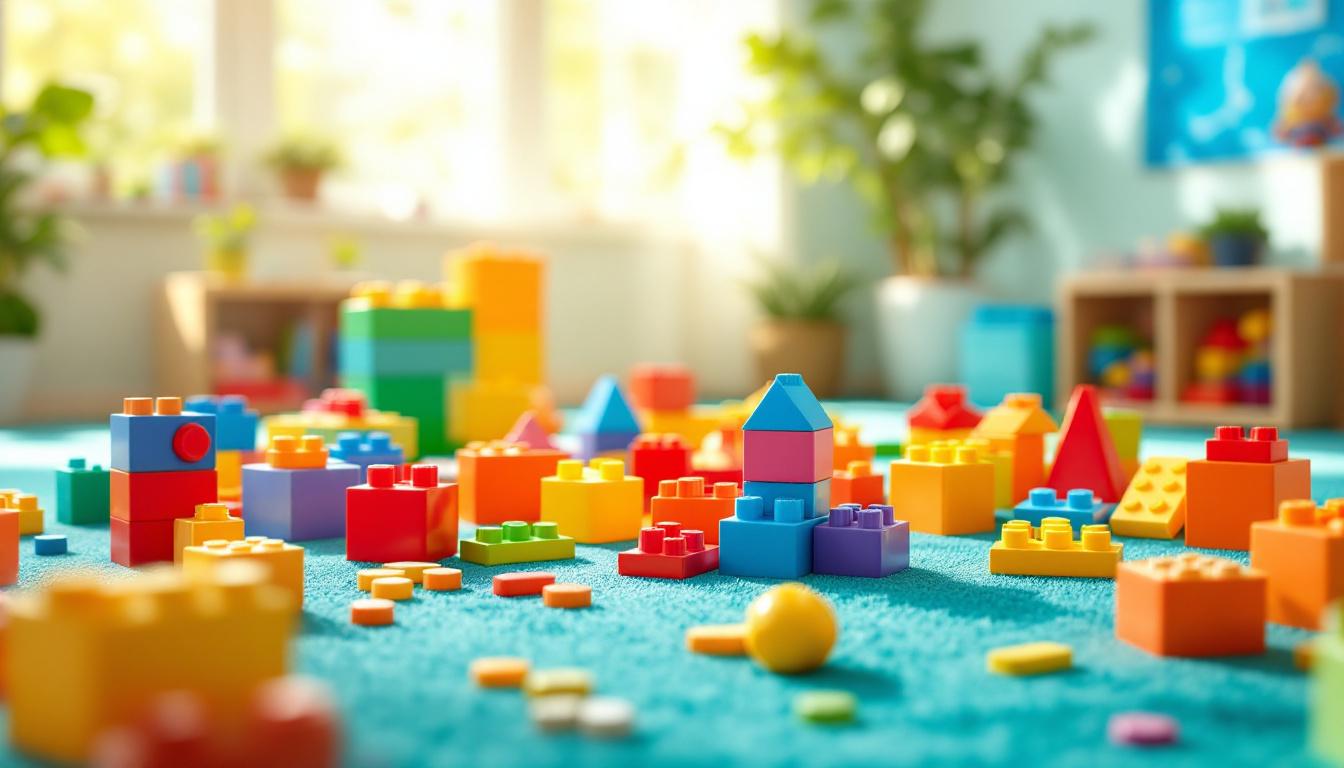
Understanding Functional Play and Its Role in Childhood Development
Functional play is a vital component of childhood development, involving children playing with toys or objects in ways that mimic real-life functions. From an early age, children engage with their environment through exploration and imitation, laying the foundation for critical cognitive, motor, and social skills. This article explores what functional play skills are, why they matter, how caregivers can promote them, and practical strategies to support all children, including those with developmental challenges like autism.
Defining Functional Play and Its Significance in Child Development
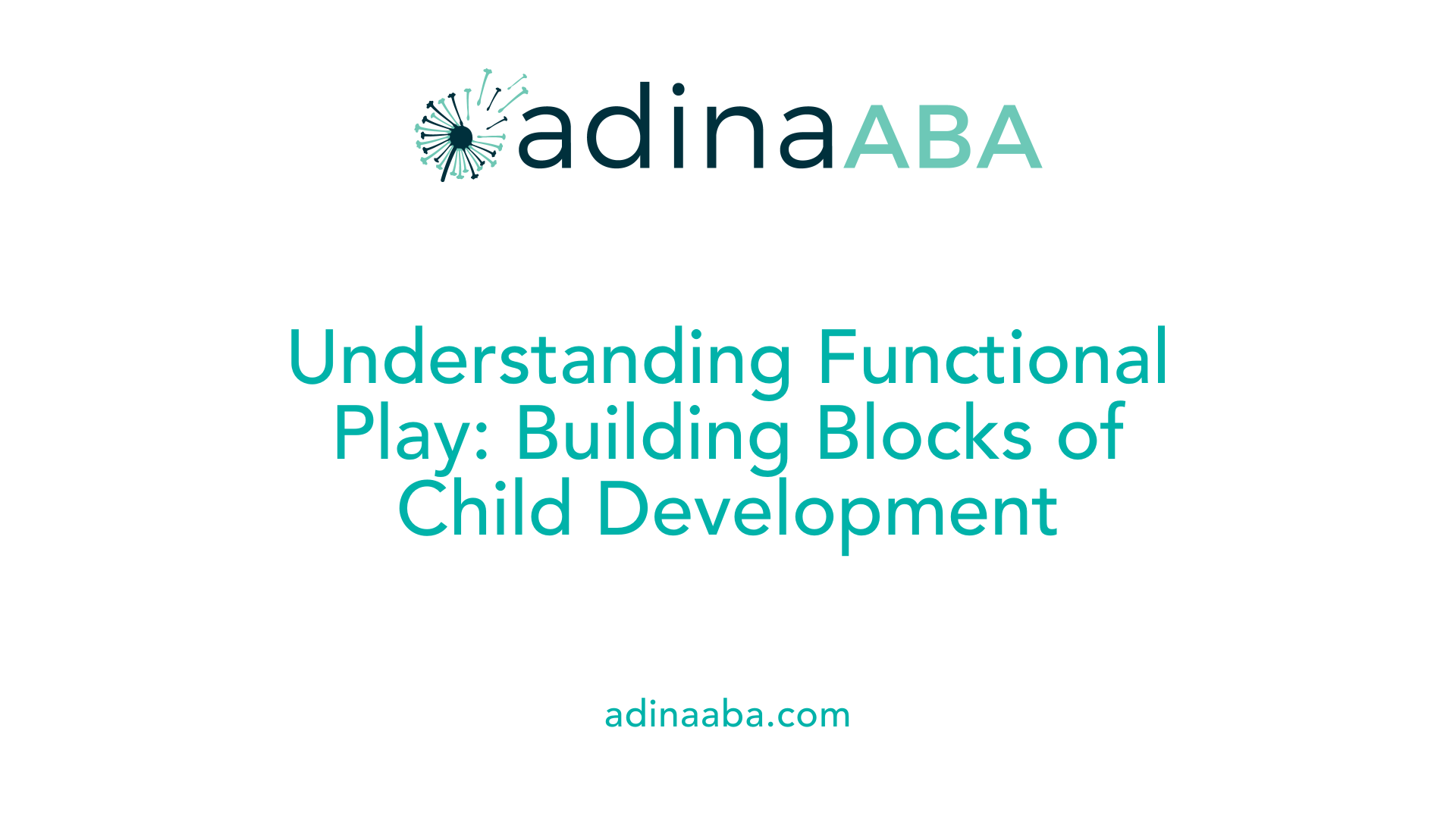
What are functional play skills?
Functional play skills involve children using toys or objects in ways that align with their intended purposes. For example, filling a bucket with sand, rolling toy cars, or pretending to feed a doll are common forms of functional play. These activities are more than mere amusement; they help children understand how objects work and how to perform routine tasks.
This type of play showcases a child’s ability to manipulate objects effectively and safely, laying the groundwork for everyday living skills. It typically develops during the second year of life, evolving from simple exploration to more complex interactions with toys.
Importance of functional play in development
Playing with toys as intended supports multiple areas of growth. It enhances cognitive skills by fostering problem-solving and understanding cause-and-effect relationships. Socially, it encourages cooperation, sharing, and turn-taking, essential for peer interactions.
Motor development also benefits through the coordination needed to manipulate objects, such as grasping, reaching, and using both hands together (bilateral hand use). Speaking and language skills improve as children label objects and explain their actions.
In children with autism or developmental delays, functional play is particularly valuable. It can aid in improving communication, social engagement, and motor skills, especially when guided by strategies like modeling, prompting, and using visual supports.
Developmental milestones related to functional play
Children typically progress through specific milestones in functional play:
| Age Range | Milestones |
|---|---|
| 0-12 months | Sensory exploration and repetitive movements |
| 12-18 months | Understanding toy functions, cause-and-effect, and simple games |
| 18-24 months | Performing multiple functional movements, engaging in pretend scenarios |
| 2-3 years | Combining actions into play scenarios, increased social and motor skills |
| 3-4 years | Social and group play, imitation of daily routines |
This gradual development supports broader skills like language, problem-solving, and social interaction.
How functional play supports cognitive, social, and motor skills
Engaging in functional play promotes important skills across several domains:
- Cognitive: Enhances understanding of object use, spatial relationships, and logical thinking.
- Social: Encourages sharing, turn-taking, and communication, essential for peer relationships.
- Motor: Develops fine motor skills through grasping, holding, and manipulating objects, as well as gross motor skills through movements like pushing and pulling toys.
Overall, fostering functional play creates a foundation for more complex types of play, including symbolic and pretend play, and supports a child’s overall independence and problem-solving abilities.
Strategies for Promoting Functional Play in Children

How can caregivers develop and promote functional play skills in children?
Caregivers play a vital role in nurturing functional play by designing an environment that encourages exploration and learning. Using toys and objects that reflect their intended use—like cars, blocks, or dolls—helps children understand how to play appropriately. Additionally, modeling actions, engaging children in activities, and allowing them to imitate and practice these tasks further supports development. This structured guidance makes learning fun and meaningful, fostering essential motor, cognitive, and social skills.
Environmental setup for functional play
Setting up a play environment tailored to promote functional play involves offering a variety of toys such as building blocks, pretend household items, or sensory bins. Placement should be accessible and safe, encouraging independent exploration. Incorporating routine activities into play, like role-playing with toy kitchen sets or pretending to feed dolls, reinforces understanding of daily routines and social roles. Visual supports, like picture schedules, can help children recognize and anticipate different play tasks.
Role of modeling and imitation
Children learn significantly through imitation. Adults can demonstrate specific play behaviors, such as pushing a toy car or stacking blocks, to show how objects are used according to their function. Narrating actions as they occur – for example, saying, "Now I am stacking the blocks to build a tower" – guides children to replicate similar behaviors. Challenge them gently by encouraging repetitions and offering praise to reinforce their efforts.
Encouraging child engagement and interests
Following the child's lead is crucial in promoting functional play. Observe their interests and introduce related toys or scenarios to deepen engagement. For example, if a child enjoys cars, increase complexity by adding different vehicles or involving them in simple activities like loading cars onto a ramp. Providing a variety of toys helps expand their play repertoire and discover new ways to use objects functionally.
Guidelines for facilitating play activities
Facilitators should use structured strategies such as narration, modeling, and prompting. Positioning toys to be easily reachable encourages active participation. Turn-taking games and problem-solving activities foster social interaction and cognitive growth. Gradually increasing the complexity and introducing multi-step play scenarios can build problem-solving skills. Consistent encouragement, patience, and celebration of small achievements motivate children and support ongoing development.
Expanding beyond basic functional play
Once foundational skills are established, children can explore thematic play and develop more complex schemes. Participating in role play involving different characters, solving simple puzzles, or engaging in pretend scenarios boosts their imagination and advanced problem-solving. Incorporating play with rules and group activities further enhances social skills and executive functioning.
For those seeking to deepen their understanding, searching "Strategies to develop functional play skills in children" can provide additional research-informed ideas. The combination of supportive environments, modeling, child-centered approaches, and progressive challenges creates an effective framework for nurturing functional play growth.
Examples of Functional Play Activities and Toys
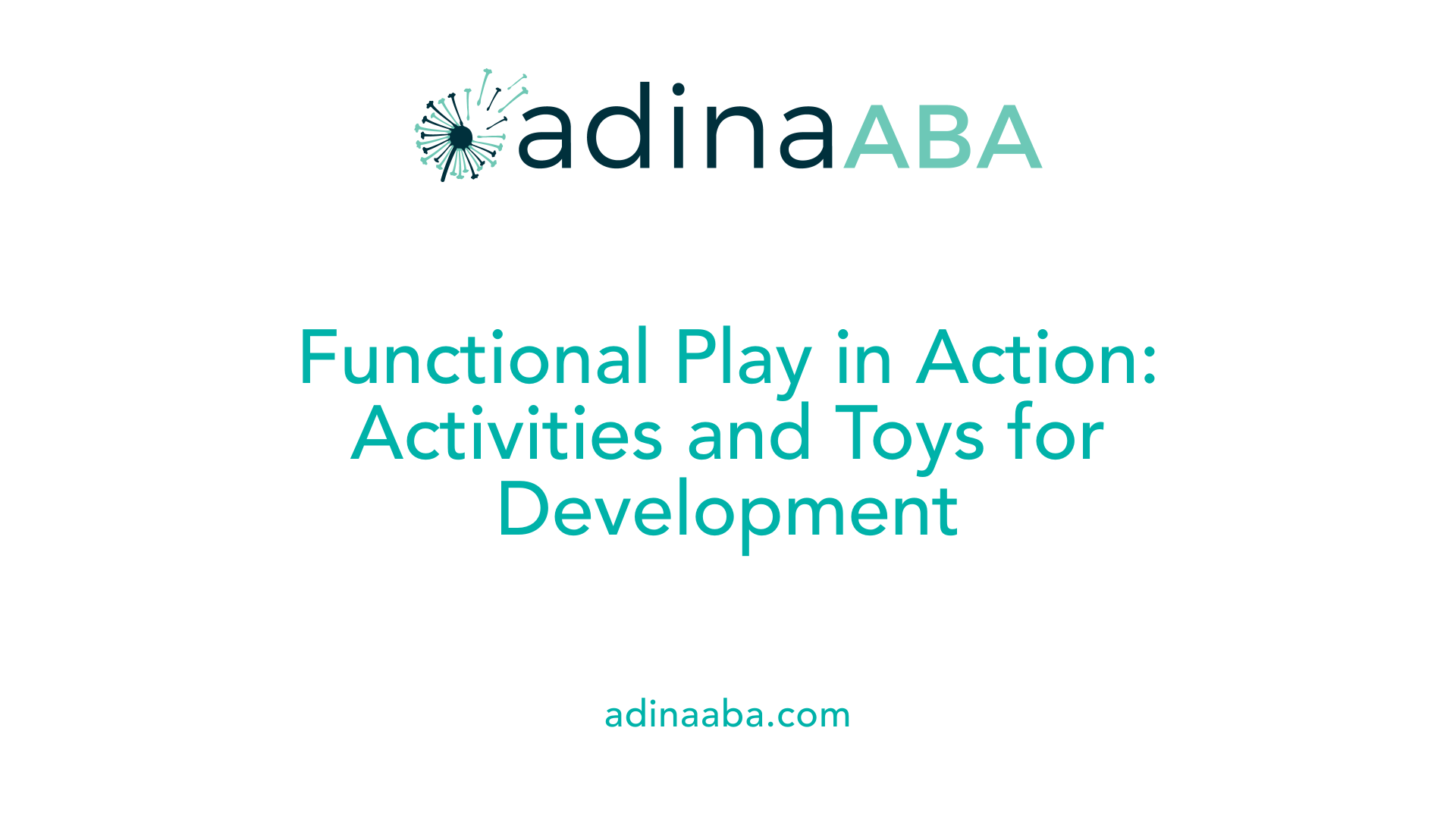 Functional play involves children using toys and objects in ways that imitate real-life activities, helping them develop practical skills and understanding of everyday routines. Some common examples of functional play activities include rolling a toy car along the floor, stirring with a spoon in a play kitchen or pot, and pretending to feed a doll or stuffed animal. These actions mimic daily tasks and foster fine motor skills, coordination, and social interaction.
Functional play involves children using toys and objects in ways that imitate real-life activities, helping them develop practical skills and understanding of everyday routines. Some common examples of functional play activities include rolling a toy car along the floor, stirring with a spoon in a play kitchen or pot, and pretending to feed a doll or stuffed animal. These actions mimic daily tasks and foster fine motor skills, coordination, and social interaction.
Toys that support functional play are specifically designed to encourage children to imitate real-world functions. These include shape sorters, which help with problem-solving and hand-eye coordination; action figures and dress-up costumes that promote role-play; and pretend kitchen sets or tool kits that facilitate household task mimicking.
Role of pretend and mimicry in development is significant because they allow children to explore their environment and develop cognitive, language, and social skills. For instance, pretending to cook or feed peers introduces concepts of cooperation, communication, and sequencing of actions.
Incorporating these activities and toys in playtime aligns with early developmental strategies. They are especially beneficial for children with developmental delays or autism, as they create opportunities to practice functional behaviors in a fun, engaging way. Children learn best when play is purposeful, and through mimicry and imaginative scenarios, they build essential life skills naturally.
Research shows that engaging children with cause-and-effect toys and everyday objects enhances their understanding of routines and roles, supporting adaptive independence. Consistent use of these play activities encourages progress in motor skills, problem-solving, and social-emotional development—crucial foundations for more complex symbolic and social play in later childhood.
Overall, fostering functional play with appropriate toys and activities is a vital part of early childhood development, promoting essential skills in a fun, realistic context.
Developmental Milestones in Functional Play: Typical Progression from Infancy to Preschool
What are developmental milestones related to functional play skills?
Functional play is a vital stage in a child's growth, reflecting their developing abilities to explore, imitate, and imagine. These milestones usually emerge at different ages, marking the child's increasing cognitive, motor, and social skills.
From birth to about 12 months, infants begin to explore objects through sensorimotor activities. They learn to reach, grasp, and release, which are foundational for later play. During this stage, babies might enjoy repetitive movements and explore toys by banging, shaking, or pressing buttons, all while learning cause-and-effect relationships.
As children reach 12 to 18 months, simple functional play starts to emerge. They begin to imitate basic actions such as pressing a button on a toy or pounding with a toy hammer. They may play with objects as intended, like rolling a ball or pushing a car. This is also when they start to imitate routines, such as pretending to feed a doll or operate a toy phone.
Between 18 and 24 months, children expand their play to include symbolic and pretend functions. They might use cups for drinking or make toys perform different actions, such as pretending to cook or clean. They also enjoy engaging in pretend scenarios and start combining actions—for example, pushing a toy car and then opening a dollhouse.
By the ages of 2 to 3 years, kids develop more complex functional and symbolic play. They are able to complete multiple steps within play routines, such as setting up a tea party or building a tower and then knocking it down. They also begin to engage in role-play, pretending to be a firefighter or a doctor, often with other children.
In preschool years, from ages 3 to 4, functional play becomes more social and collaborative. Children participate in group activities, follow multi-step routines, and adopt roles during pretend play. They might act out stories or scenarios that involve cooperation, further enhancing their social-emotional skills.
These milestones serve as markers of growth, helping caregivers and therapists support children's development in a structured way. Tracking progress through these stages ensures that children acquire necessary skills for more advanced play and everyday functioning.
| Age Range | Play Developmental Milestones | Examples of Behavior | Impact on Development |
|---|---|---|---|
| Birth-12 months | Sensorimotor exploration, object manipulation | Banging, shaking, pressing buttons | Foundation for motor skills and cause-effect understanding |
| 12-18 months | Emergence of simple functional play | Pushing toy cars, imitating routines | Enhances imitation, fine motor skills |
| 18-24 months | Symbolic and pretend play, combining actions | Pretending to feed dolls, using cups for pretend drinking | Builds imagination and problem-solving |
| 2-3 years | Complex, multi-step routines, role-play | Setting up play scenarios, acting out roles | Promotes social skills and executive functioning |
| 3-4 years | Social and collaborative pretend play | Group role play, following routines | Strengthens social-emotional abilities and cooperation |
Understanding these developmental stages helps caregivers and therapists create supportive activities aligned with a child's current abilities, encouraging progression toward more sophisticated and socially engaging forms of play.
Supporting Children with Developmental Challenges and Autism Through Play
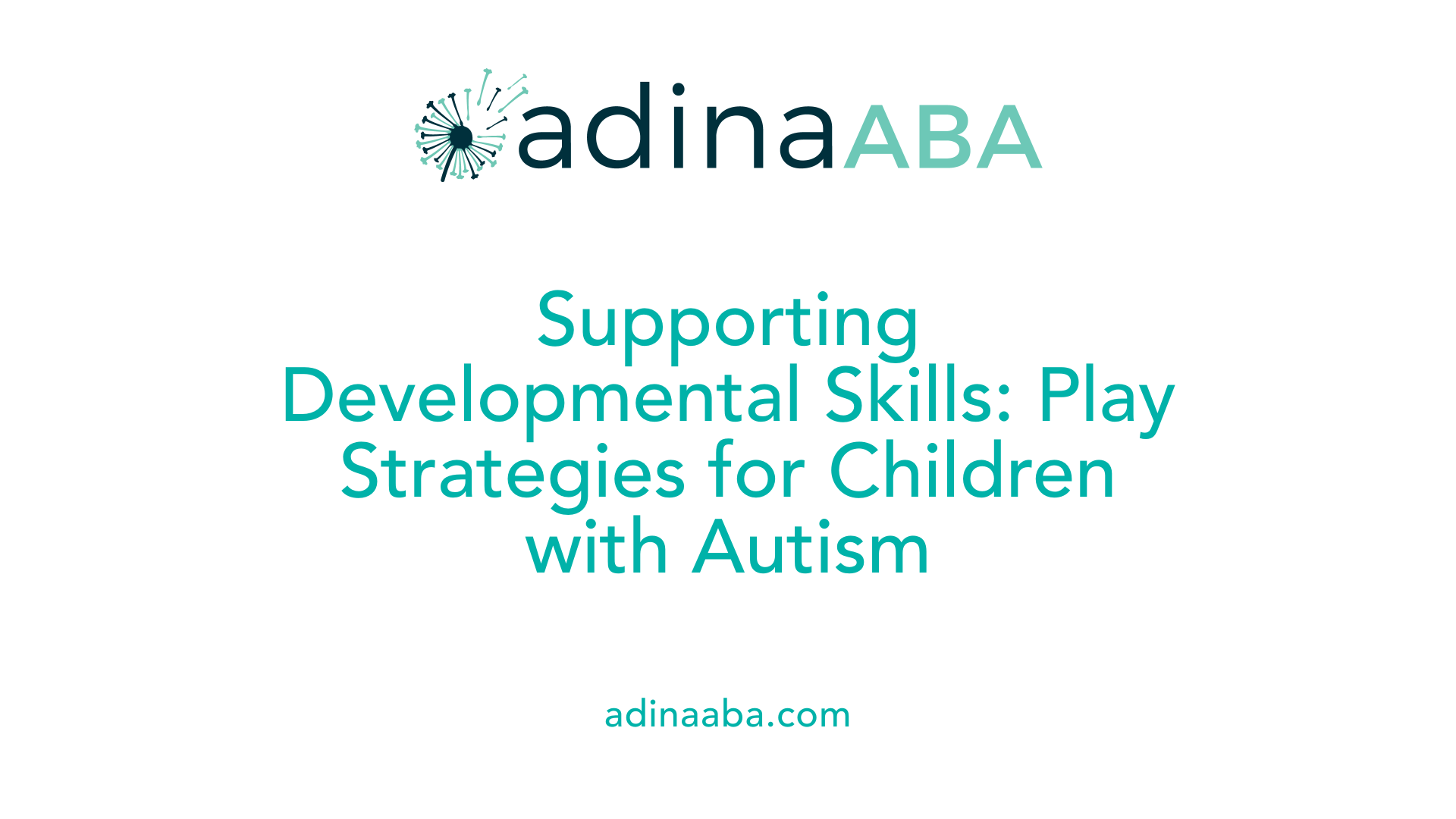
How does functional play relate to developmental challenges or autism?
Functional play is fundamental for childhood development. It involves children using toys or objects as intended—for example, rolling a ball, pushing a car, or pretending to feed a doll. This type of play helps children learn about objects, routines, and social behaviors.
For children with autism or developmental delays, acquiring functional play skills can be challenging. These children may show delays or less engagement in purposeful play activities, which can affect their social, cognitive, and adaptive skills.
In occupational therapy and applied behavior analysis (ABA), structured guidance is provided to support these children. Interventions focus on teaching functional play through visual supports, modeling, and reinforcement strategies.
Early intervention is crucial. It typically includes setting specific, achievable goals to help children gradually learn to use toys in expected ways and develop social interactions. This can improve not only play skills but also language, daily routines, and social participation.
By promoting functional play, caregivers can help children build foundational skills that support overall development, leading to better long-term outcomes. Combining therapies such as ABA, speech, and occupational therapy offers a comprehensive approach tailored to each child's needs.
The role of intervention and structured guidance
Interventions aim to teach children with autism or delays how to engage in functional play effectively. Techniques include modeling behaviors, using visual schedules or cues, and encouraging turn-taking.
Structured guidance helps children understand the cause-and-effect relationships involved in play. For example, demonstrating how pushing a toy car makes it move or pretending to stir a pot with a spoon.
Visual supports, like picture cards or schedules, can reinforce understanding and independence in play routines. Consistent adult modeling provides clear examples for children to imitate.
This guidance not only improves specific skills but also fosters motivation, patience, and social engagement.
Use of cause-and-effect toys and role-play
Cause-and-effect toys, such as musical instruments or light-up toys, are especially effective for teaching functional play. Children learn that their actions can produce specific outcomes—like making a toy sound or light up.
Role-play and pretend activities—like pretending to cook or feed a doll—are crucial for expanding functional play into more complex and social scenarios. These activities help children understand roles, routines, and social interactions.
Therapists often start with simple cause-and-effect toys, gradually introducing more complex role-play involving multiple steps and social cues. Incorporating diverse toys and scenarios makes play engaging and supports a broad range of developmental skills.
Supporting children with autism or developmental challenges involves adapting play activities to their unique needs. Through structured intervention, use of cause-and-effect toys, and role-play, caregivers and therapists can promote meaningful engagement, skill development, and social understanding.
The Broader Impact of Functional Play on Child Growth and Independence
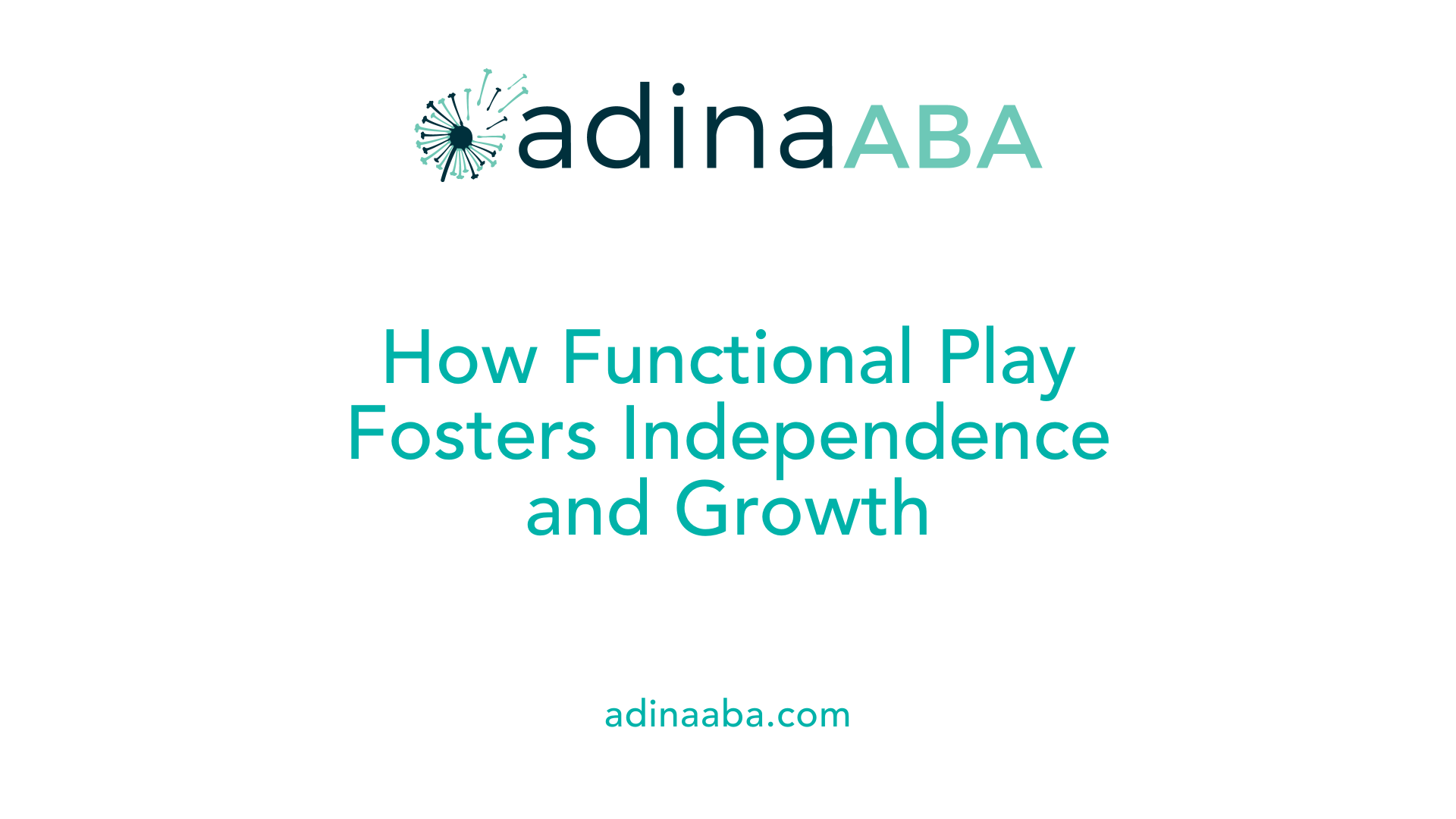
Enhancing life skills and independence
Functional play is essential for children as it teaches them how to use everyday objects correctly, such as pushing a toy car or stacking blocks. These activities help develop motor skills and understanding of routines, fostering independence in daily tasks.
Building a foundation for complex play, problem-solving, and social interaction
Engaging in functional play sets the stage for more advanced play forms like symbolic or social play. It encourages problem-solving, planning, and social skills, which are crucial for interacting with others and navigating their environment.
Long-term benefits of developing functional play skills
Children who master functional play tend to show improved cognitive, motor, and social development long-term. These skills support educational success, emotional regulation, and the capacity to adapt to new situations as they grow.
Fostering Growth Through Play: Key Takeaways
Supporting children in developing functional play skills is essential for their overall growth, independence, and social-emotional development. Caregivers and educators can foster these skills by creating supportive environments, modeling behaviors, and using a variety of toys and activities that mimic real-life routines. Recognizing developmental milestones helps tailor interventions, especially for children with autism or delays, and integrating structured guidance enhances learning. By understanding and promoting functional play, we lay a strong foundation that benefits children across cognitive, motor, and social domains, preparing them for lifelong success.
References
- Functional Play - Blue Bird Day
- Functional Play - The OT Toolbox
- What is Functional Play? - Sunny Days
- Functional/Manipulative Play | NHS GGC
- How to Write Play Skills Goals [with goal bank]
- Functional Play | PACE - Pacific Autism Center for Education
- Functional Play and Autism - Autism Little Learners
- Functional Play in Early Intervention: A Pillar of ABA, Speech, and ...
More Resources
Expert Clinicians
Get started today ->






